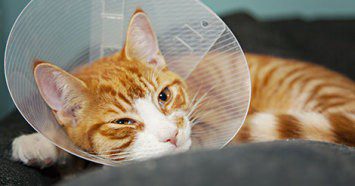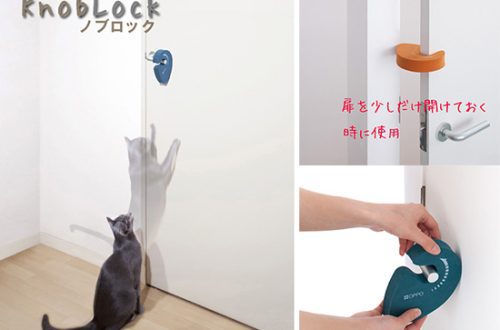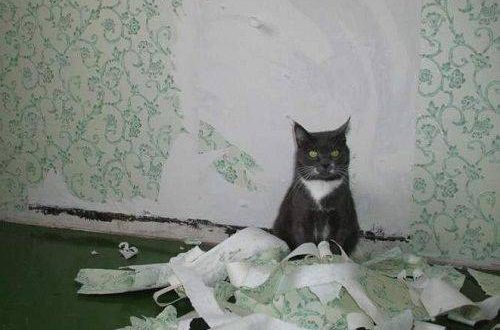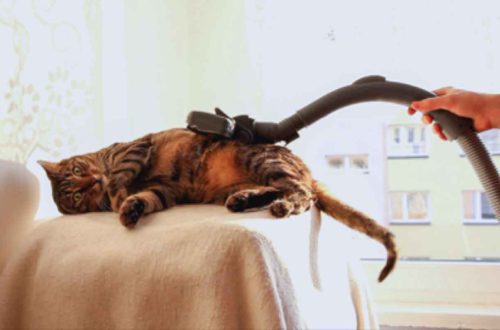
Behavior of a cat after sterilization
Contents
First day
The behavior of a cat after sterilization on the first day depends on the individual reaction of the animal’s body to anesthesia. Most animals sleep for about five to six hours. After that, the pet starts to wake up and makes several attempts to get up, but usually they end unsuccessfully. At this time, the cat cannot control its movements and stumbles upon foreign objects, falls and is generally poorly oriented in space.
Do not be alarmed: this behavior is considered normal. Sometimes, not realizing what is happening, the cat tries to hide under the sofa, meows and asks for help in every possible way. Moreover, under the influence of anesthesia, some cats become more aggressive, so it is worth limiting their contact with children and animals for at least a day or two until the pet comes to his senses. If this continues for more than three days, consult a veterinarian.
On the first day after sterilization, it is important to ensure the safety and comfort of the cat. Since her body temperature drops due to anesthesia, when you return home, wrap the animal in a warm blanket. You should not put the cat on a sofa or chair so that it does not accidentally fall, it is better to put it on the floor.
Immediately after the operation, cats do not have an appetite, so only water can be offered to the pet. Be careful: sometimes animals experience involuntary urination or vomiting. This should be foreseen in advance: do not put your pet on expensive carpets or parquet, use bedding or diapers for animals.
Second day
The behavior of a cat after sterilization on the second day may still be due to the action of anesthesia and medications. But, as a rule, most animals are already becoming more active. By evening, the cat may already show interest in food.
If on the first day she did not pay attention to the seams and the blanket, then on the second day she may try to get rid of the bandage. Watch this carefully, do not allow licking and combing the seams.
The cat may react aggressively to all attempts to touch the stomach – this is normal. Despite this, it is necessary to inspect the seams every day.
As a rule, the behavior of a cat in the first days after sterilization scares the owners. However, in general, the lethargy of the animal is considered normal if it passes within three days.
Full recovery of a cat after sterilization occurs in about 7-10 days. The former activity, interest in life and sociability return to the pet.
Experts are confident that the behavior of a cat after sterilization remains unchanged. Obesity and lethargy, which many owners fear, have nothing to do with the operation. It’s all about the lack of sufficient physical activity and the wrong diet of the animal. After sterilization, it is important to monitor the nutrition of the cat and follow all the recommendations of the veterinarian so that the cat remains as active and cheerful.
By the way, some owners note that the animal after the operation becomes more affectionate, asks for hands more often and generally becomes more attached to the owner.





